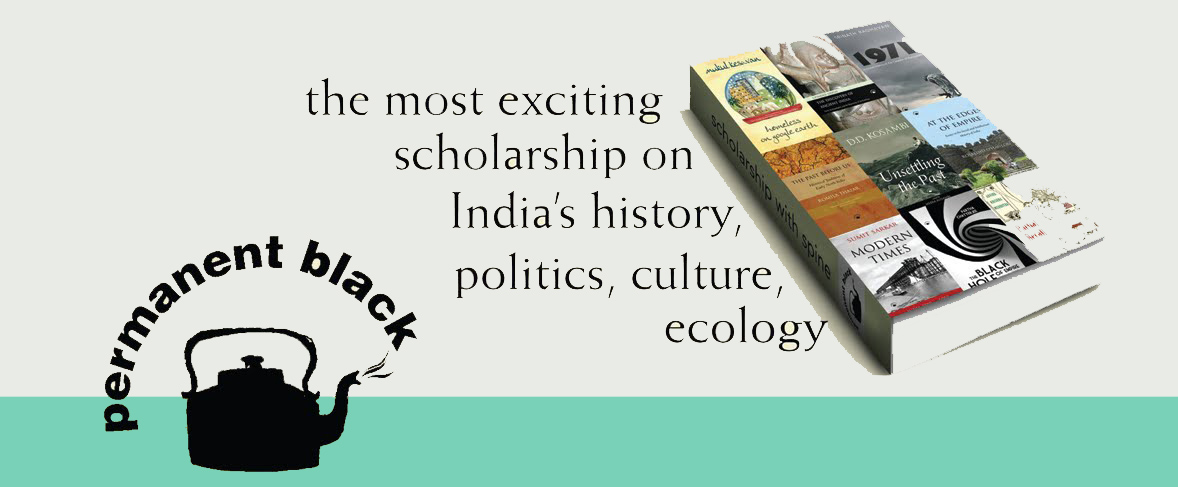CHRISTIAN LEE NOVETZKE The Quotidian Revolution Vernacularization, Religion, and the Premodern Public Sphere in India In thirteenth-century western India, venture spiritualists—entrepreneurial religious figures—challenged the linguistic and cultural hegemony of Sanskrit, a language restricted to high-caste men. They did this by formulating new texts and social orders oriented around the use of the regional languages that reduced the barriers to access that Sanskrit had imposed. In so doing, these venture spiritualists created an early form of the public sphere in which the social ethics of caste and gender inequity were debated. This debate drew from, and reconfigured, the sense and scope of “everyday life” permeated by social distinction. The configuration of a new public sphere in medieval India that engaged with questions of social equality in the context of expanding the scope of everyday life is the process called “vernacularization.” The Quotidian Rev
